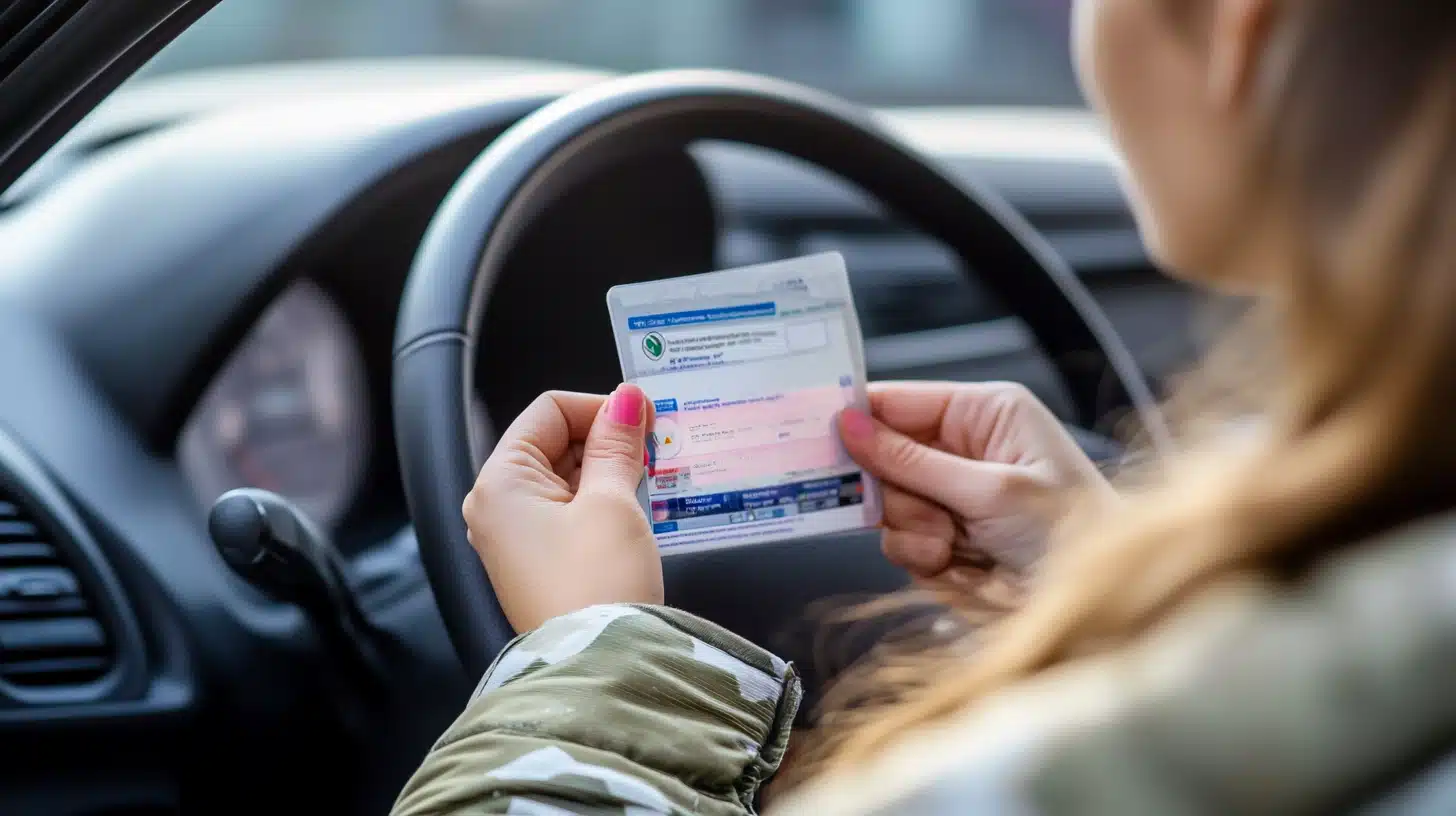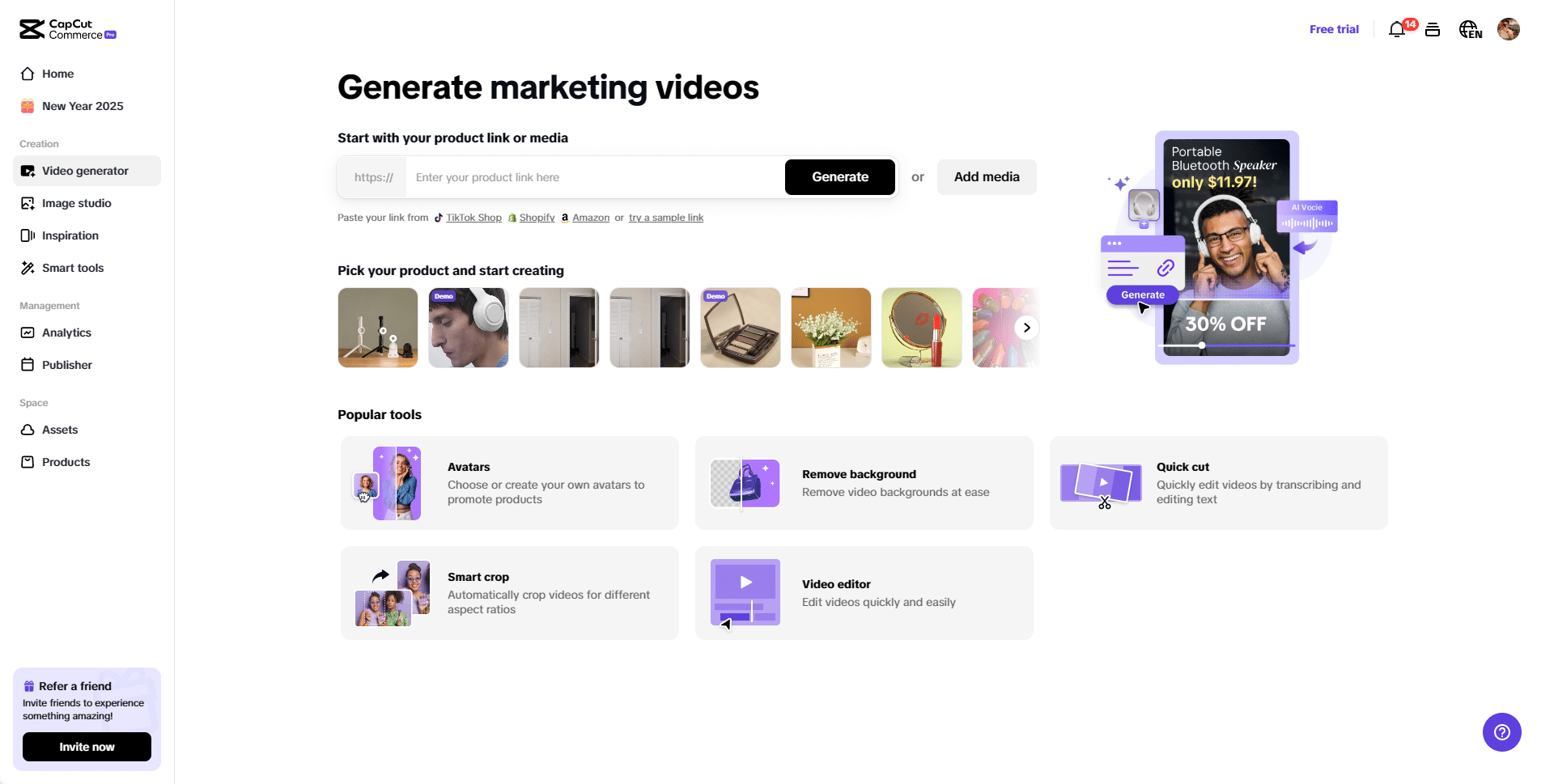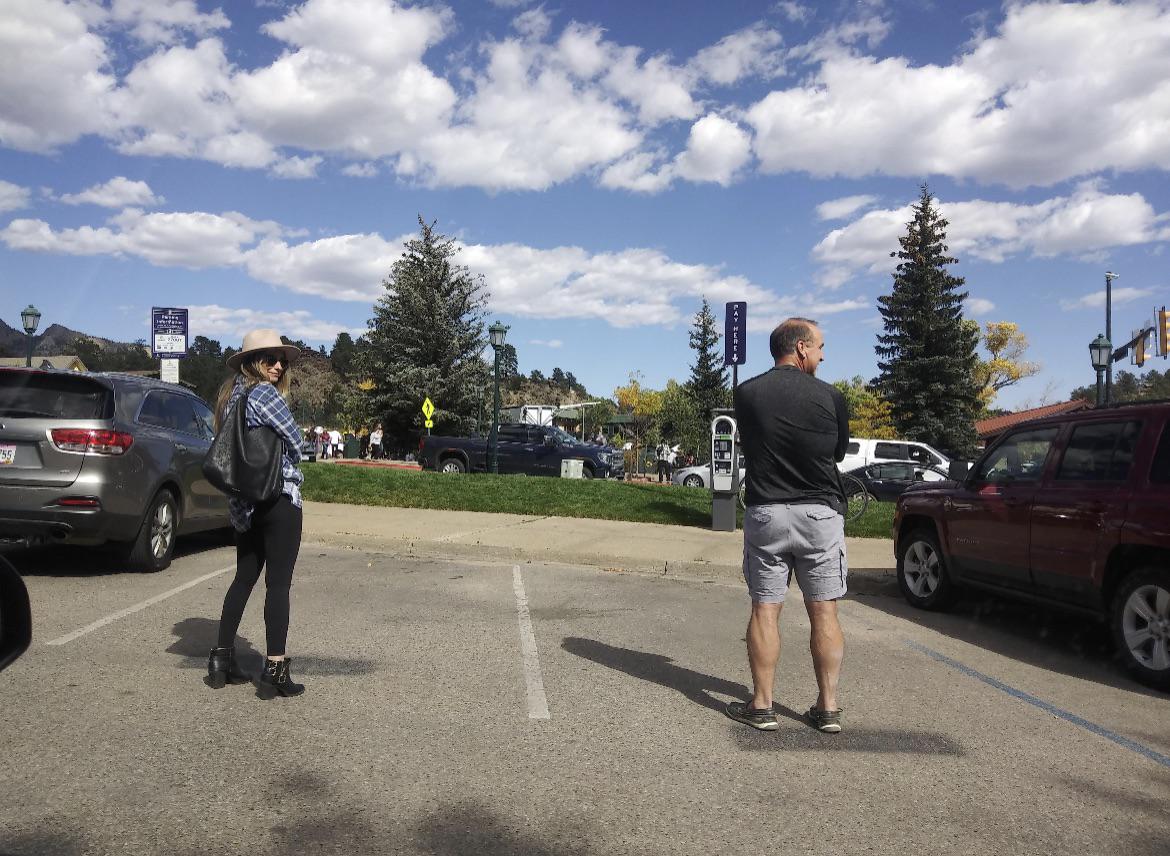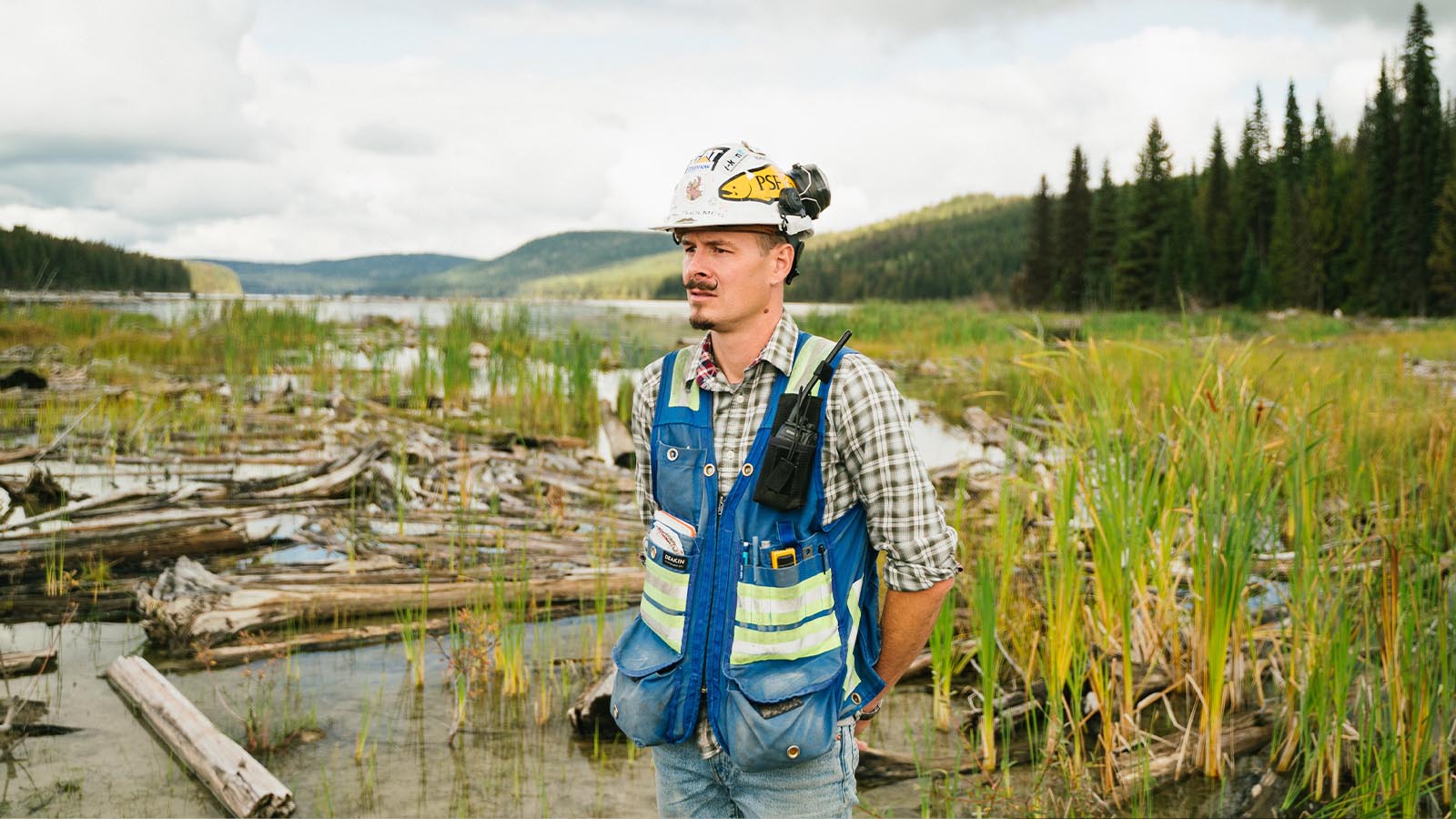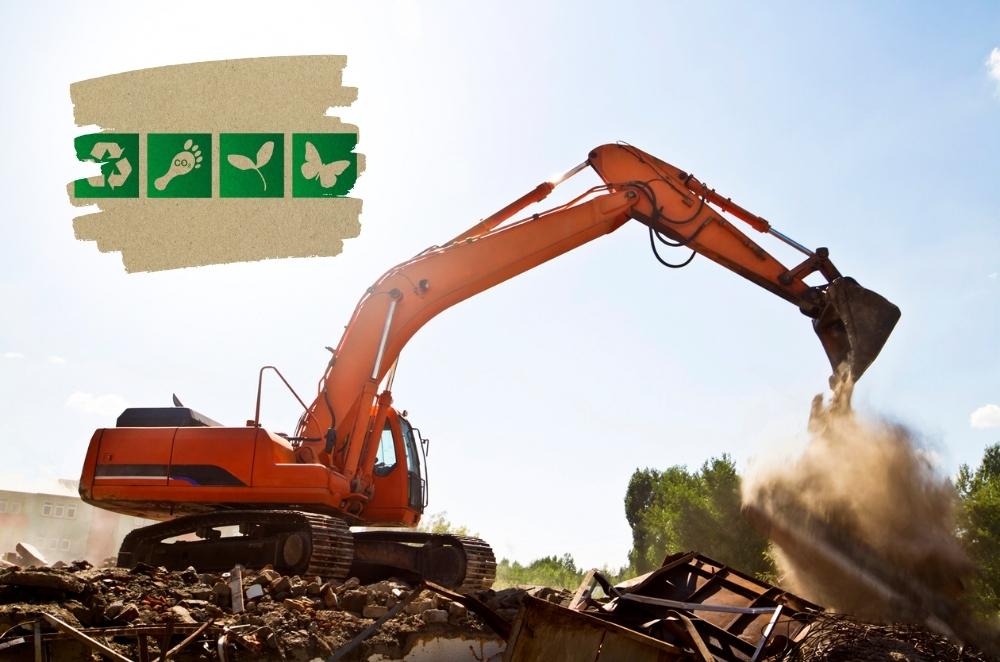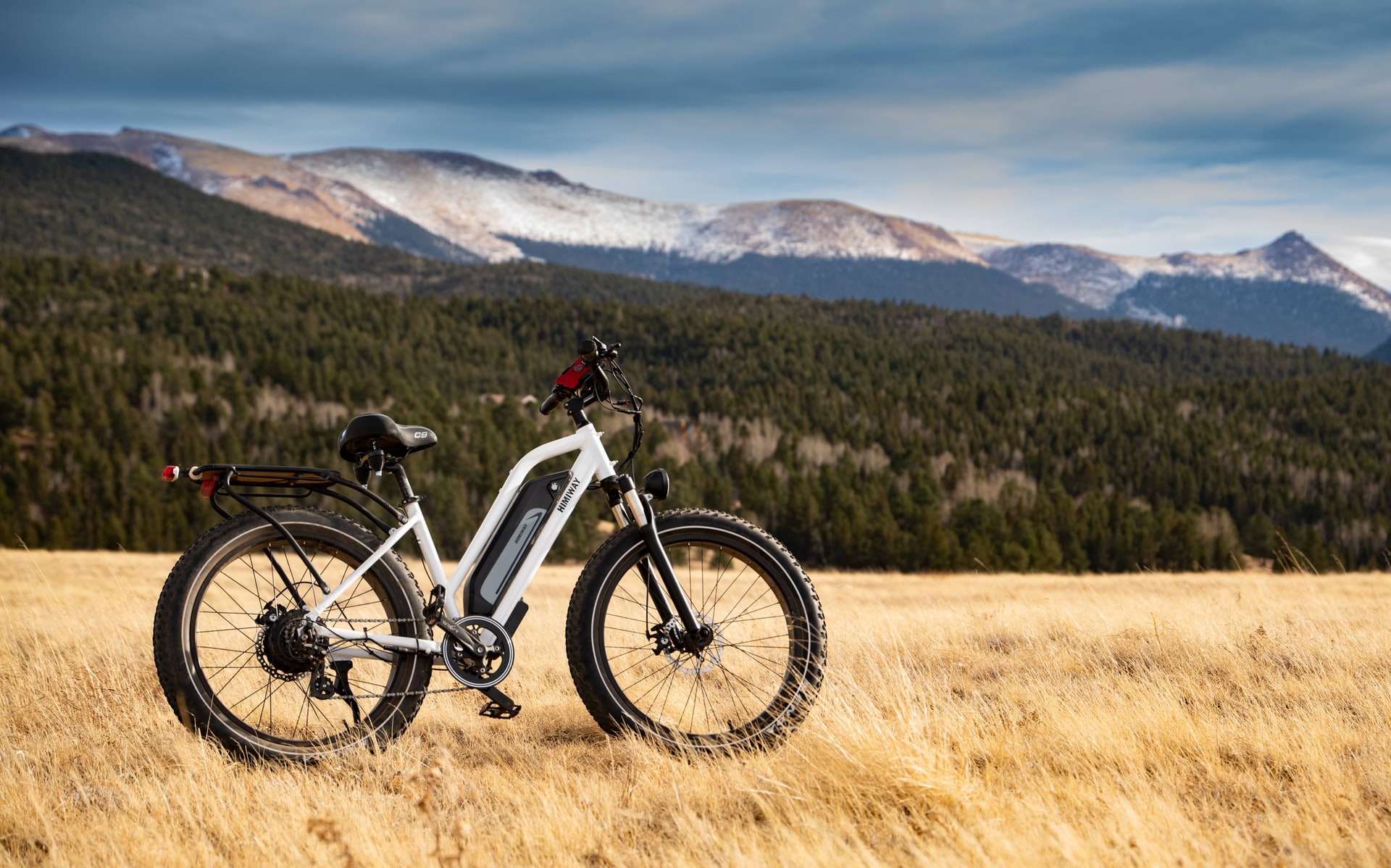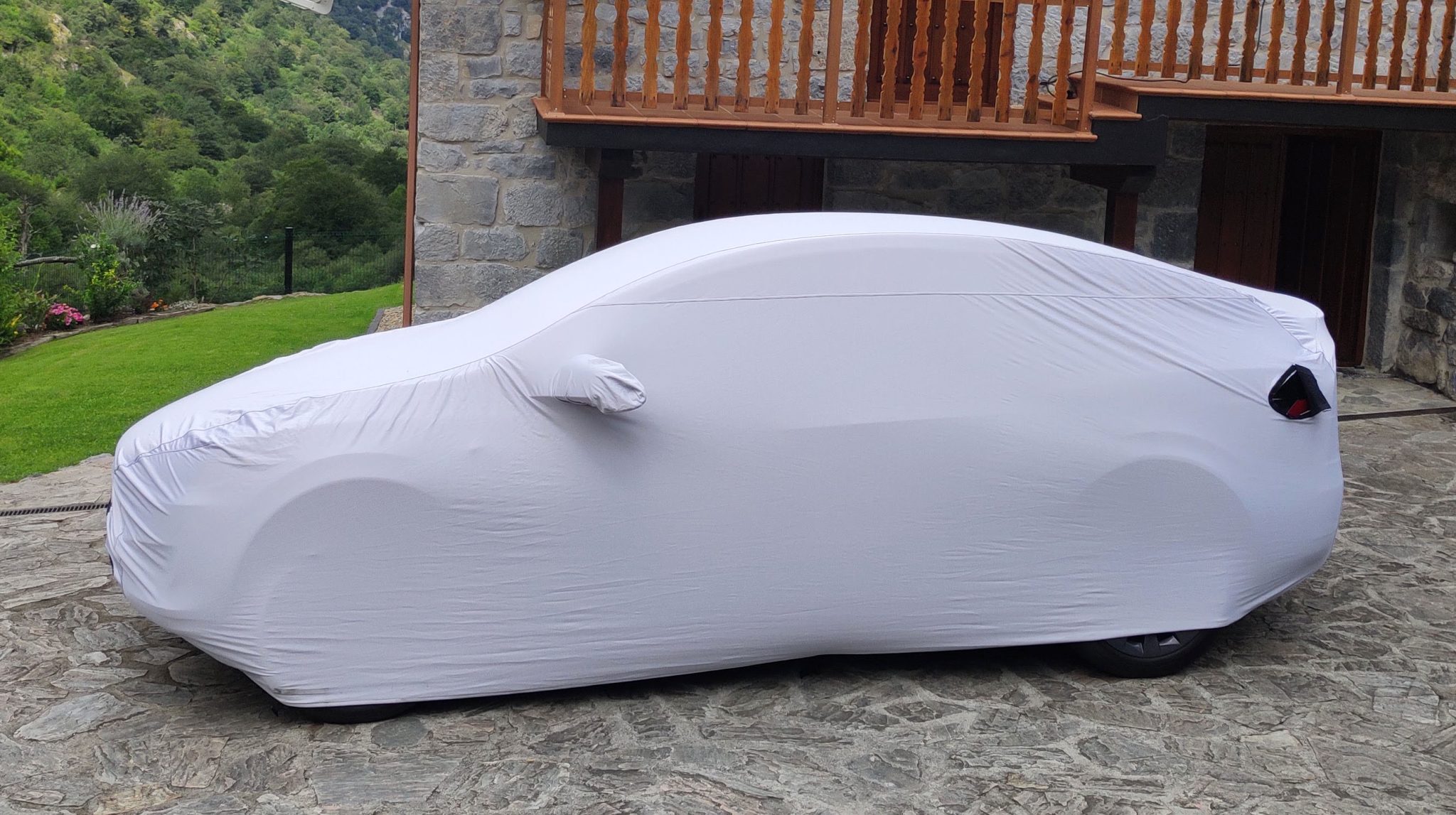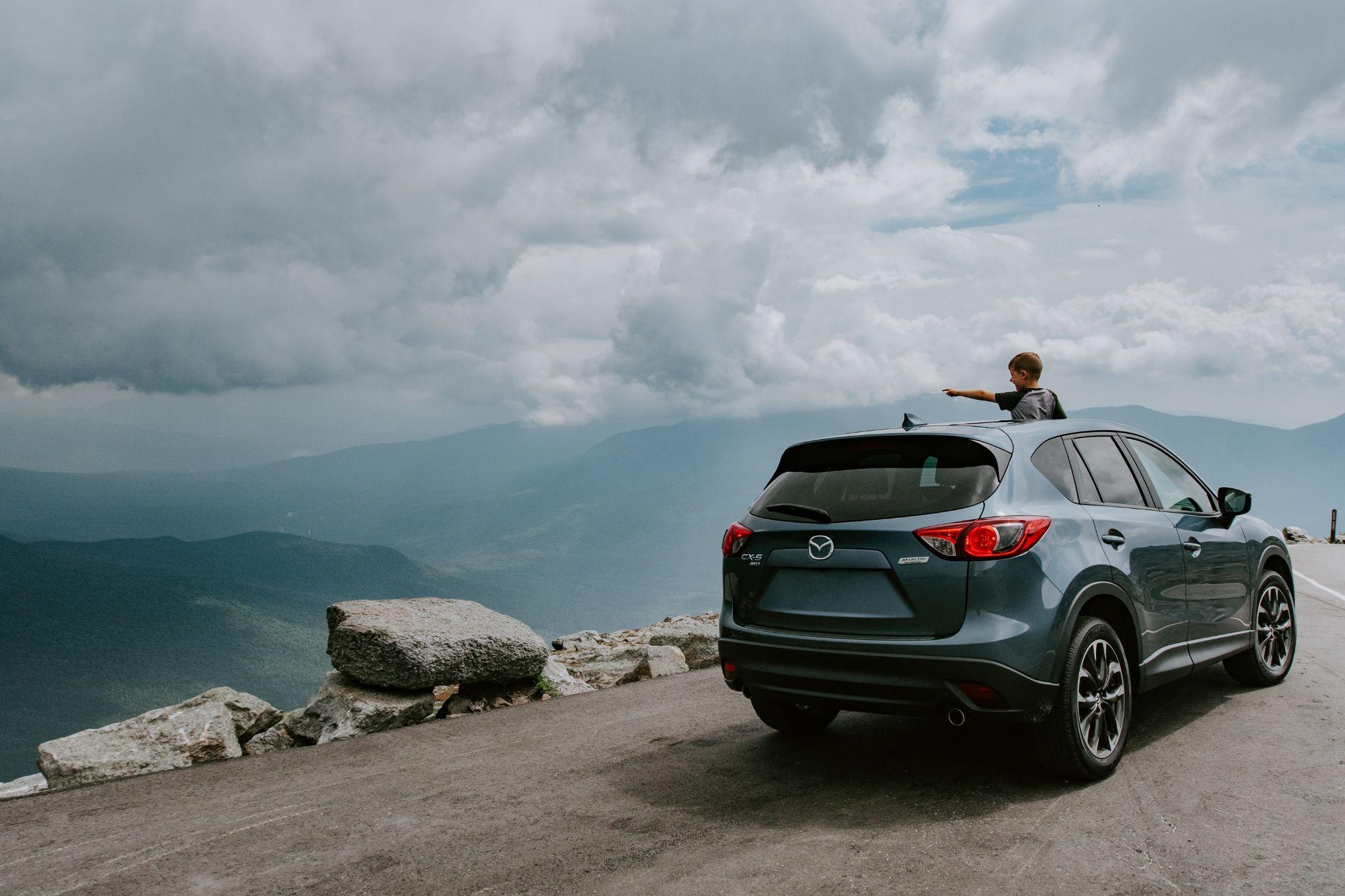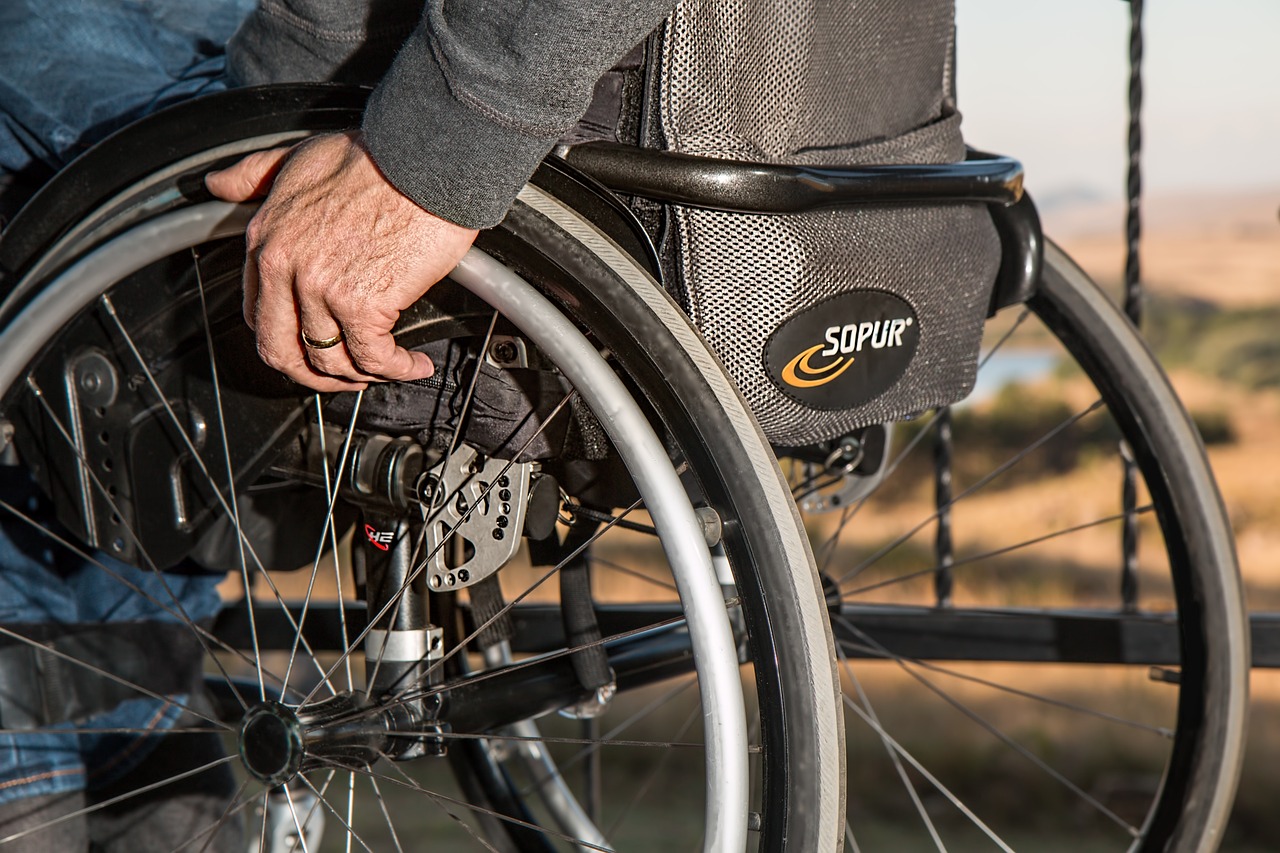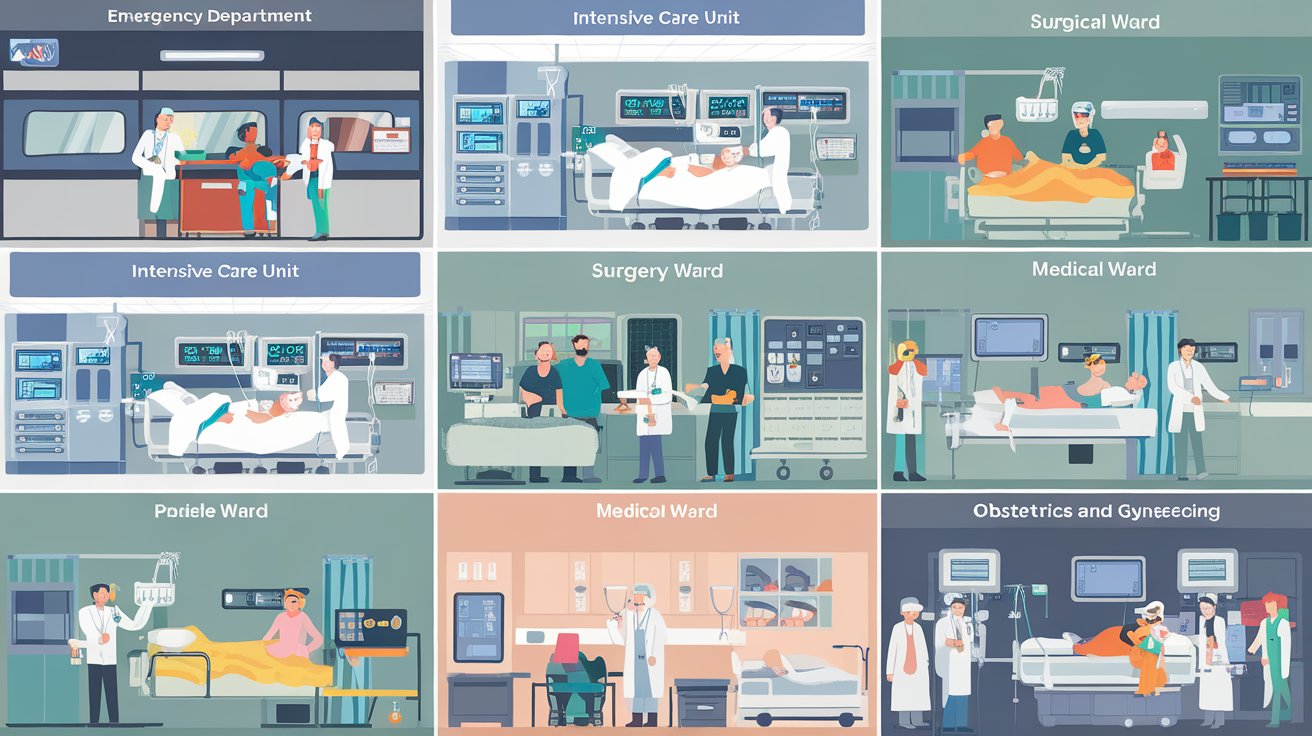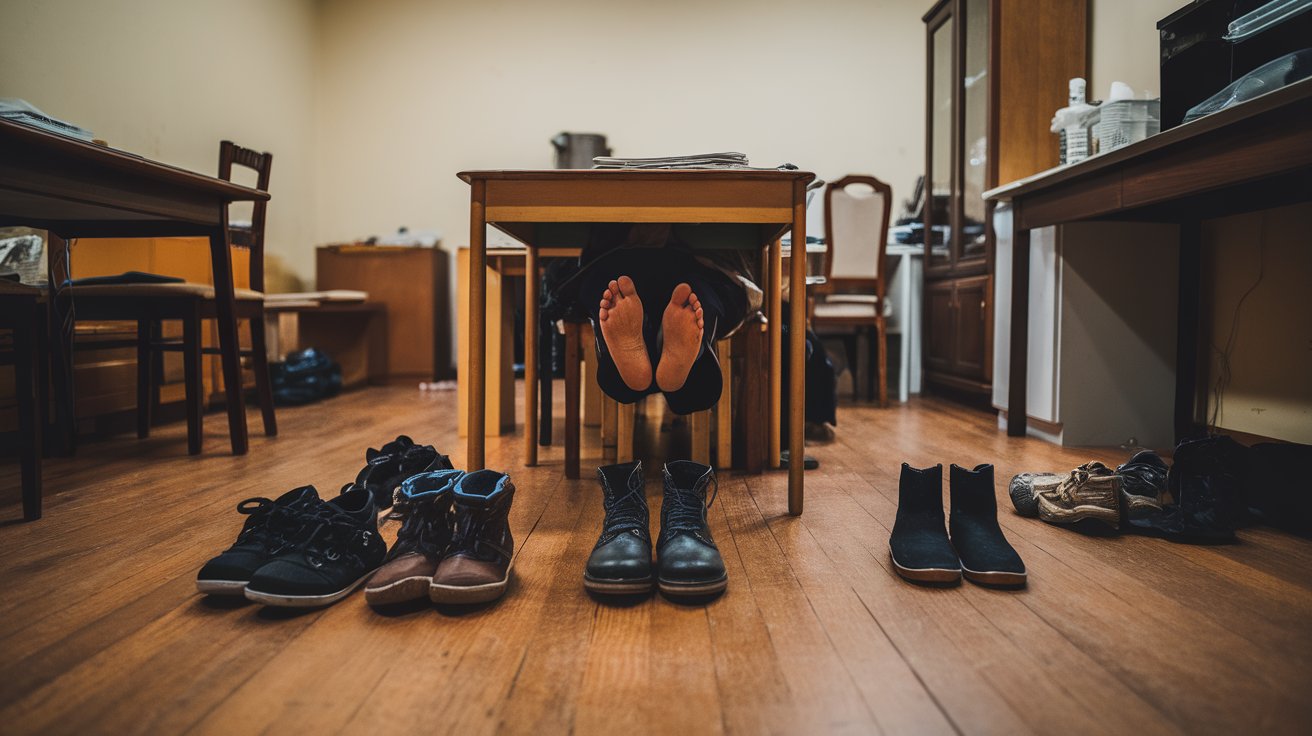
There’s something undeniably thrilling about hitting the open road, isn’t there? The freedom to explore, the beauty of new landscapes, the playlist that’s just begging to be cranked up.
But as much as we love a good road trip, there’s no denying that a little planning goes a long way—especially when you’re crossing state lines. So, if you’re gearing up for a journey that takes you beyond familiar territory, these tips will help keep you safe and ready for whatever the road throws your way.
Knowing the Rules of the Road in Each State
Driving from state to state isn’t like driving from your neighborhood to the next town over. Each state has its own set of traffic laws, and they can be surprisingly different. Ever heard of a “move over” law? In some states, it’s a requirement to change lanes or slow down when passing emergency vehicles on the side of the road. And speed limits?
They vary more than you might expect. Imagine hitting a stretch where you’re used to cruising along at 70, only to find the limit suddenly drops to 55. That’s a quick way to get pulled over, right?
To avoid any unpleasant surprises, take a few minutes to look up the road rules for the states you’ll be passing through. It’s easy to find a quick overview online, and it can save you from fines or even accidents caused by unfamiliar regulations. Understanding these state-specific rules is one of the simplest ways to keep yourself and everyone else on the road safe.
Checking Your Car Insurance Coverage Before You Go

It’s always a good idea to double-check your car insurance, especially if you’re leaving your home state. Here’s the deal: most policies cover you in all 50 states, but there can be differences in what’s covered depending on the location or circumstances. Think of it as a way to make sure you’re ready for anything. A quick call to your insurance company can clarify any specifics and give you a bit of extra confidence.
Some travelers even consider adding temporary car insurance for extra protection, especially if they’re using a rental or a borrowed vehicle. This type of coverage can be a lifesaver, giving you peace of mind without committing to a long-term policy. And while we’re talking insurance, make sure your roadside assistance is in place.
Whether it’s through your insurance or a third-party service, knowing you have support if something goes wrong is a huge comfort. After all, nobody wants to be stranded on a lonely stretch of highway with no help in sight!
Preparing for the Unexpected with a Roadside Emergency Kit
When you’re out on the open road, anything can happen, from a minor hiccup like a flat tire to a serious issue like a dead battery. Packing a roadside emergency kit is one of the best things you can do for your peace of mind. Not sure what to include? Let’s break it down.
Start with the basics: a first aid kit, flashlight, extra batteries, and road flares. These essentials will cover the most common roadside situations, like a minor injury or low visibility. You’ll also want tools for quick car fixes—think jumper cables, a tire repair kit, and a jack with a spare tire.
If you’re traveling in winter or heading through remote areas, consider packing extras like blankets, snow chains, and a big bottle of water. These can make all the difference if you end up stuck somewhere cold or far from help.
A well-prepared kit can feel like a lot, but when you need it, you’ll be glad you have it. And don’t just toss it in your trunk and forget it—check it before each big trip to make sure everything’s in working order.
Mapping Out Your Route in Advance but Staying Flexible
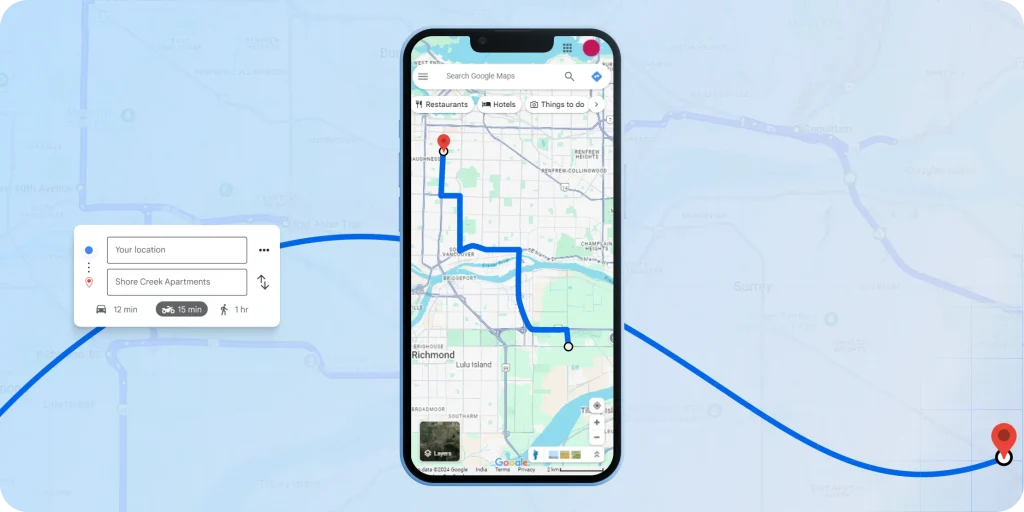
There’s a thrill in taking a spontaneous detour, but for the main route, a little planning never hurts. Knowing where you’re going, when to stop, and what landmarks you’ll pass can help avoid the stress of being lost in unfamiliar territory. Before setting out, take time to map your route, and mark places for key stops like gas stations, rest areas, and maybe even a scenic viewpoint or two.
But hey, road trips don’t always go as planned, right? That’s why it’s smart to keep a few backup options in mind. Sometimes GPS signals drop out, or road closures pop up out of nowhere.
Downloading an offline map of your route or keeping a paper map in the glove compartment can be a lifesaver if you lose service. And check the weather forecast before you go—it can make or break your trip. If you’re driving into a snowstorm or heavy rain, you might want to adjust your plans.
Staying Healthy and Alert on the Road
Long hours on the road can be exhausting, even for seasoned drivers. Staying fresh, hydrated, and alert is key to a safe journey. When you’re planning those stops along the way, think about scheduling breaks every couple of hours. Rest areas aren’t just for stretching your legs—they’re essential for keeping your mind sharp, too.
Snacks and drinks can also make a big difference. Pack easy-to-eat, energy-boosting snacks like nuts, fruit, or protein bars. Staying hydrated is just as important; keep a bottle of water nearby and sip regularly. Dehydration sneaks up faster than you’d think, especially when you’re focused on the road.
And here’s a tip: if you feel your focus slipping, pull over and take a short walk. It might sound simple, but a quick stretch and some fresh air work wonders to clear your head. After all, arriving safely is always more important than arriving quickly.
Carrying the Right Documents and Knowing When You’ll Need Them
Ever find yourself rifling through your glove compartment, looking for insurance papers, registration, or even your ID? Imagine needing them in a hurry, like after a fender-bender or when you’re pulled over. Having these documents close at hand is crucial, so make sure they’re organized and easy to find before you hit the road.
When traveling across state lines, double-check that you’ve got all the essentials: driver’s license, insurance information, registration, and any emergency contacts. If you’re driving a rental or borrowing a friend’s car, make sure you have any additional documentation required by the rental company or the car owner. A little preparation goes a long way, especially if you find yourself in an unexpected situation.
Embracing the Journey: Making the Most of Every Mile
Road trips are about the journey as much as the destination. With all this talk of safety and preparation, don’t forget to have fun along the way! Taking the time to prepare means you can focus on enjoying the experience, knowing you’ve got everything you need.
Maybe you’ve planned a few scenic stops or bookmarked a local diner you’re dying to try. Or perhaps you’re ready to let the road surprise you, taking a detour here or there to explore something unexpected. That’s the beauty of traveling by car—you’re in control of the adventure. And with a little care, you’ll have peace of mind every step of the way.
So, are you ready to take on the open road? Just remember these tips, pack smart, and keep your sense of adventure alive. Safe travels!





















